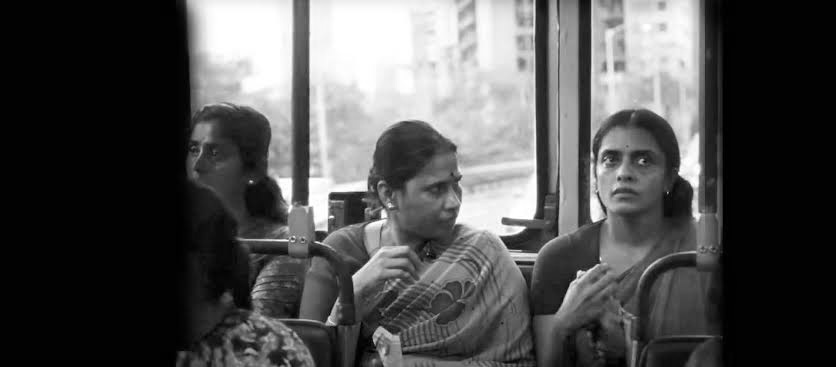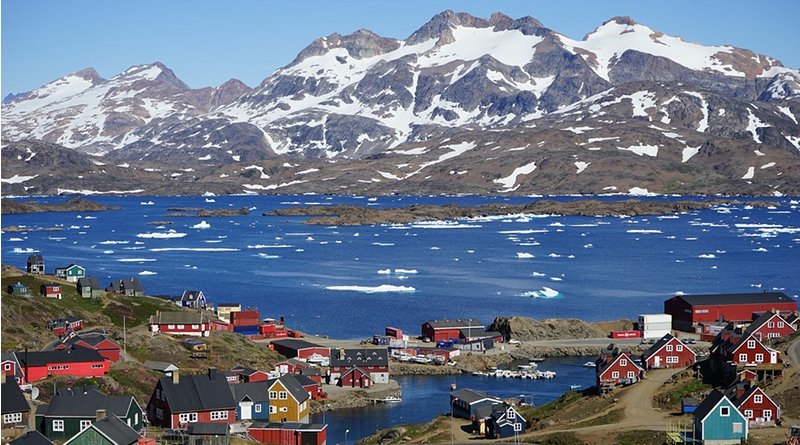KM SEETHI- SAAG March – 2021- Holy Shrine Demolition in Pakistan-PDF
South Asia Analysis Group Paper No 6768 – 16 March 2021
(SAAG in arrangement with Eurasia Review and Sri Lanka Guardian)
“If you want to see the brave, look at those who can forgive. If you want to see the heroic, look at those who can love in return for hatred,” says Bhagavad Gita. Pakistan’s Hindu community has apparently followed this sacred verse while forgiving the accused in the demolition of a 100-year-old holy shrine in the Teri village of the Karak district of Khyber Pakhtunkhwa (KPK) on 30 December 2020.
But does this ensure that their basic right to live in Pakistan will be respected?
The case emerged in the wake of a mob, under instigation of local Muslim clerics, having resorted to attacks and vandalism on the temple, which was built way back in 1919, following the samadhi of Shri Paramhans Ji Maharaj. Shri Paramhans is worshipped by the Hindu community in Pakistan as a mystic and spiritual master.
Reports from Pakistan indicated that legal proceedings against the accused will be put to a halt following a meeting held between local Muslim religious leaders and the Hindu society at a jirga, which is the traditional justice system of the Pakhtuns. The Pakhtun habitants used to settle conflicts among themselves through jirgas according to their traditional set of rules called pakhtunwali. In this consensual justice dispensation system, the state does not have any role; nor does it control the process of conflict settlement. But, in this case, KPK Government played a major role—apparently under pressure of the country’s apex court and with the intervention of the Human Rights Commission of Pakistan.
After the deliberations held in the jirga, an agreement was arrived at—with an apology tendered by the accused for the demolition and burning of the holy shrine. An apology was also made for a similar attack on the temple in 1997. The Maulanas made an assurance to the Hindu community that their rights and privileges would be fully protected as per the law of the land. KPK Chief Minister presided over the meeting.
Dozens of people were arrested after the destruction of the temple with the intervention of the Human Rights Council of Pakistan and the Supreme Court. The deliberations of the jirga, including the consensus reached, will be intimated to the apex court of Pakistan. Pakistan Hindu Council leaders like Ramesh Kumar were positive on the issue. Kumar, however, reminded that the demolition had hurt the Hindu sentiments across the world.
The Supreme Court was very vehement in its criticism of the vandalism and the Chief Justice even went to the extent of saying that the demolition had brought “international embarrassment to Pakistan.” The court also ordered the Evacuee Property Trust Board (EPTB) to start the reconstruction of the shrine.
Hundreds of people, instigated by some Muslim clerics (which included a faction of Jamiat Ulema-e-Islam), were involved in the destruction of the temple. A similar vandalism was unleashed in 1997 when the holy shrine came under attack. The apex court had ordered its renovation in 2015.
Following the Supreme Court direction, a Commission on Minorities Rights, KPK Chief Secretary and Inspector General of Police visited the site and submitted a report which stated that more than a hundred people were taken into custody and several officials and police officers were suspended for dereliction of duty. The Chief Justice was, however, very particular that the authorities should also ensure recovering money from the perpetrators of vandalism.
Meanwhile, the Shoaib Suddle commission noted in its report that the vandalism had brought shame to Pakistan by tarnishing the image of the country at the international level. The commission also recommended security and protection of other temples in the country.
Pakistan witnessed several hardships faced by its religious and ethnic minorities over years, particularly under the long spell of military rule. Of the country’s biggest minority of 8 million Hindus (out of the 200 million population of Pakistan), nearly 93 per cent live in Sindh, and other provinces like KPK have only a small percentage of Hindus. There were reports of attacks on the holy places of minorities, including Hindus and Christians, in the past. This took a turn for the worse with the emergence of Taliban forces in Pakistan after the 1990s. Since then, the neo-Wahhabi militant forces used to unleash violence and the shrines of minorities (which included Shia and Ahmadiyya communities) became the targets of frequent attacks.
A few years back, the Pakistan Hindu Council leaders said that around 1,400 Hindu religious shrines in Pakistan required immediate attention as well as protection by the authorities. The Council had also mooted an idea of a federal agency to prevent atrocities against the minorities. The proposal came in the background of reports of forced conversion and cases registered under blasphemy laws.
The National Human Right Commission of Pakistan (NHRCP) and the US Commission on International Religious Freedom (USCIRF) testified that religious minorities had a troubled time in the country, and there were instances when they could not enjoy the freedom of religion or belief guaranteed under Pakistan’s Constitution. NHRCP reports of 2019 and 2020 and the USCIRF Report of 2020 are clear evidences of such incidents.
The reconciliation statement is expected to reach the apex court soon. However, it remains to be seen if the Supreme Court can annul proceedings against the accused on the strength of a statement of ‘reconciliation.’
Two years back, the apex court had held the system of jirgas and panchayats in violation of Pakistan’s international commitments under the Universal Declaration of Human Rights (UDHR), International Covenant on Civil and Political Rights (ICCPR) and Convention on the Elimination of all Forms of Discrimination against Women (CEDAW). The verdict by the court said that these commitments placed a responsibility on Pakistan to ensure that everyone had access to courts or tribunals and would be treated equally before the law. The verdict came on a petition filed by the National Commission on Status of Women (NCSW) as well as the government of the Khyber Pakhtunkhwa (KP).
The court held that the manner in which jirgas or panchayats functioned in Pakistan amounted to violating Articles 4, 8, 10-A, 25 and 175(3) of the Constitution and clarified that this practice did not fall under the constitution or any other law, because this system went to the extent of adjudicating on civil or criminal matters.
It remains to be seen if the apex court of Pakistan can sustain the deliberations of jirga in the case of the demolition and burning of the holy shrine and thereby stall criminal proceedings against the accused on the strength of the Hindu community’s forgiving. The court, which intervened in this case most actively from the beginning, also knows that minority protection in Pakistan is a daunting task against the rising tide of fundamentalism and sectarianism in the country. Evidently, many Islamic militant groups function beyond the path of such ‘reconciliation’ and ‘consensus’ politics. The pattern of violence against the ethnic and religious minorities is a case in point.




